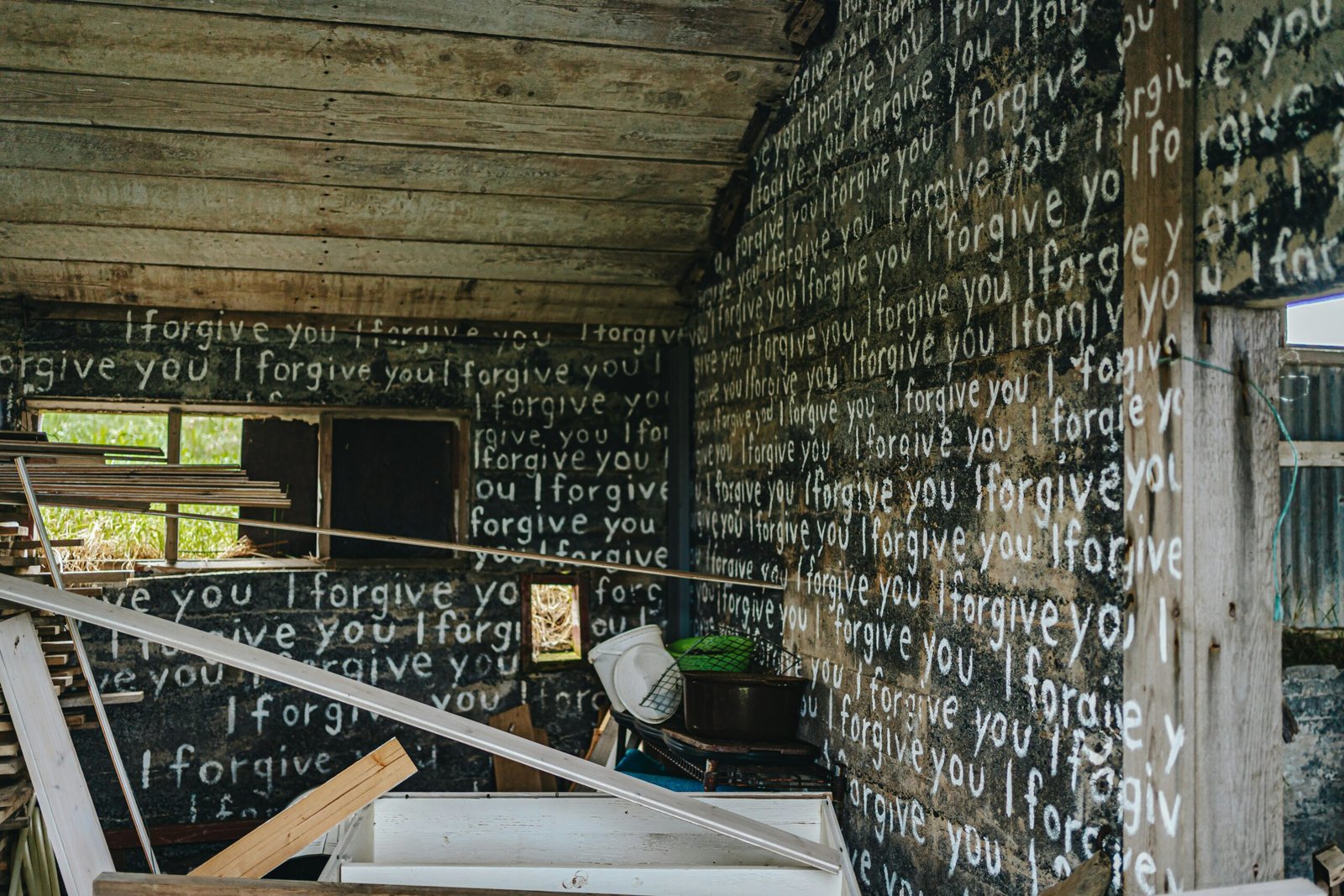Crushing Burnout: 5 Steps to Heal Trauma and Thrive
July 21, 2025 | by Ali
 Photo by Priscilla Du Preez 🇨🇦 on Unsplash
Photo by Priscilla Du Preez 🇨🇦 on Unsplash Table of Contents
Burnout Meets Trauma: How to Heal When You’re Carrying Both
Let’s be real, burnout and trauma are a messy duo. Like, the kind of messy that leaves you lying on the floor with a half-eaten snack, five unread text messages, and the deep urge to disappear into a blanket cave. If you’ve ever felt completely drained and haunted by past experiences at the same time, you’re not alone and no, you’re not being dramatic.
Burnout usually gets tossed around in corporate HR meetings and self-help books with words like “stress management” and “productivity hacks.” Cute. But in real life? Burnout feels like waking up already exhausted, resenting everything on your to-do list, and wondering when exactly your spark got replaced with a smoke signal.
Trauma, on the other hand, doesn’t care about your calendar. It shows up uninvited, usually when you’re trying to live your best life or, you know, just eat lunch in peace. It can stem from loss, abuse, accidents, or anything that shook your sense of safety according to the American Psychological Association. When it lingers, it often brings anxiety, flashbacks, mood swings, and the ultimate party trick: avoidance. (Hi, ghosting plans and people!)
But what happens when burnout and trauma show up at the same time? Well… it’s a whole storm. And if you’re in it, you’re probably feeling like your nervous system deserves a paid sabbatical.
So, What Does This Look Like in Real Life?
You start forgetting simple things. Emotions are either nonexistent or all of them at once. You’re hyper-aware but mentally checked out. You’re saying, “I’m fine” with the enthusiasm of a soggy sponge, all while secretly Googling “How to fake your own disappearance (asking for a friend).”
This combination can lead to:
-
Emotional exhaustion so heavy it feels physical
-
Lack of motivation even for stuff you used to enjoy
-
Overthinking + numbness = a cocktail called “I have nothing left”
-
Feeling disconnected from others and from yourself
-
Panic attacks, sleep issues, crying at commercials… fun stuff
Sound familiar? Then you’re likely carrying both burnout and trauma. And yeah, that’s a lot.

Healing When You’re Carrying All the Things
Here’s the truth: healing is possible. But it’s not always gentle, and it definitely doesn’t happen overnight. So, let’s talk strategy, because if we don’t name what we’re facing, we can’t shift it.
1. Start With Self-Compassion (Seriously)
You can’t hustle your way out of trauma. You can’t “grind” through burnout. Healing starts when you stop shaming yourself for feeling the way you do. Give yourself permission to slow down, even if the world’s still spinning. When your nervous system is fried, and your past is echoing through your present, the last thing you need is your inner critic giving TED Talks about how you’re “falling behind.” Chronic stress like this has real effects on the body, as outlined by Harvard Health. Self-compassion isn’t weakness, it’s survival.
It means not bullying yourself for being exhausted. It means saying “I’m doing the best I can with what I’ve got” and actually meaning it. It’s allowing your body to rest without guilt. If you wouldn’t say it to a child or a friend, then don’t say it to yourself. This is the foundation. Without it, every other healing step becomes a performance instead of progress.
2. Identify Your Emotional Leaks
What’s draining you on the daily? Toxic job? Unspoken grief? Ten tabs open in your brain? Take inventory. Awareness is power. Trauma and burnout are sneaky. They drain you without permission. You might be bleeding energy in places you haven’t even noticed.
Ask yourself:
- What conversations leave me hollow?
- What responsibilities feel soul-suffocating?
- Where am I saying “yes” when my whole body is screaming “no”?
These leaks might look like overworking, people-pleasing, or even endless scrolling to numb out. They may be disguised as “normal” parts of life. But they’re costing you peace, clarity, and energy that could be spent healing.
Start small. Name the leaks. Seal what you can. One “no” at a time.
3. Try Gentle Practices, Not Giant Overhauls
Forget the 4 a.m. cold plunges and 2-hour meditations. Start with breathwork, short walks, journaling, or just sitting with your emotions. (Yes, even the ugly ones.) Small wins matter. You don’t need to reinvent your whole life overnight. Honestly? That’s burnout in disguise…when healing becomes another thing to achieve.
Instead, start with what soothes, not what “should.”
Gentle looks like:
- Breathing intentionally for one minute before a stressful task
- Putting your hand on your chest and just being with your feelings
- Taking a “restorative walk” instead of a cardio session
- Writing three sentences in a journal instead of trying to fix your entire emotional landscape
Gentle is powerful. It teaches your body that safety is possible again. It slowly shifts your relationship with stress, instead of just stacking more on top of it.
4. Rewire with Support
Trauma rewires the brain,but the good news is, healing does too. Work with a therapist who gets it. Join a support group. Talk to that friend who doesn’t flinch when you say “I’m not okay.” You don’t have to do this alone.
Burnout says, “You have to do everything.”
Trauma says, “You’re not safe with anyone.”
Both lie.
Healing thrives in connection. Whether it’s therapy, a peer support group, or even a single person who sees you without judgment, support rewires what pain once distorted. It reminds your brain and body:
You don’t have to carry this alone.
Find someone who gets the difference between “I’m tired” and “I’m unraveling.” Someone who holds space instead of offering shallow advice. If you don’t have that person yet, let Soulemedy be a soft place to land while you seek out more support.
5. Create Micro-Rituals That Restore You
Whether it’s a playlist that calms your nervous system, lighting a candle every night, or turning your phone off for an hour…rituals can feel like tiny lifelines. Trauma often shatters routine. Burnout drains motivation. But rituals, tiny, sacred anchors, help reestablish rhythm in the chaos. Plus, they don’t have to be fancy.
Think:
- Lighting the same candle every evening to signal, “It’s safe to wind down.”
- Washing your face slowly while repeating a healing affirmation
- Listening to a playlist that makes your nervous system exhale
- Starting your morning with 30 seconds of silence before checking your phone
These micro-rituals aren’t just habits. They’re nervous system medicine that teach your brain consistency. They say: I’m worth this moment. I’m allowed to feel calm.
Soulemedy’s Got You
Here at Soulemedy, we’re not about surface-level wellness. We offer real tools for real healing, because we know the difference between “just tired” and “my soul feels scorched.” From guided eBooks and self-reflection prompts to calming resources that meet you where you are, our goal is simple: help you heal, gently but powerfully.
Whether you’re surviving burnout, trauma, or both, you don’t have to fake your way through it anymore. You’re allowed to rest. You’re allowed to feel. And most importantly, you’re allowed to rebuild. Feeling mentally stuck. Check out Feeling Mentally Stuck? Here’s How to Reset!
RELATED POSTS
View all




Leave a Reply